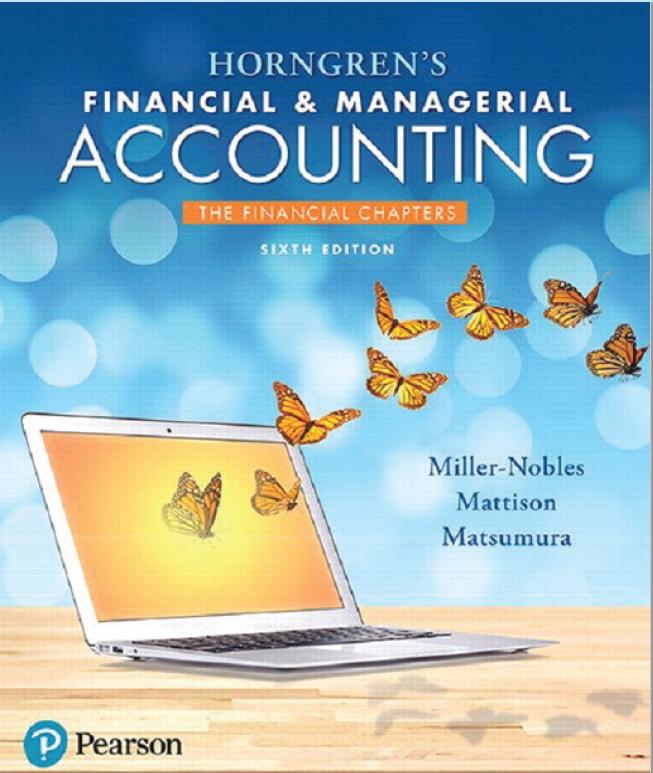Canyon Canoe Company has experienced rapid growth in its first few months of operations and has had
Question:
So far, year to date credit sales have been $15,500. A review of outstanding receivables resulted in the following aging schedule:
.png)
Requirements
1. The company wants to use the allowance method to estimate bad debts. Determine the estimated bad debts expense under the following methods at June 30, 2019. Assume a zero beginning balance for Allowance for Bad Debts. Round to the nearest dollar.
a. Percent-of-sales method, assuming 4.5% of credit sales will not be collected.
b. Percent-of-receivables method, assuming 22.5% of receivables will not be collected.
c. Aging-of-receivables method, assuming 5% of invoices 1-30 days will not be collected, 20% of invoices 31-60 days, 40% of invoices 61-90 days, and 75% of invoices over 90 days.
2. Journalize the entry at June 30, 2019, to adjust for bad debts expense using the percent-of-sales method.
3. Journalize the entry at June 30, 2019, to record the write-off of the Early Start Daycare invoice.
4. At June 30, 2019, open T-accounts for Accounts Receivable and Allowance for Bad Debts before Requirements 2 and 3. Post entries from Requirements 2 and 3 to those accounts. Assume a zero beginning balance for Allowance for Bad Debts.
5. Show how Canyon Canoe Company will report net accounts receivable on the balance sheet on June 30, 2019.
Accounts receivables are debts owed to your company, usually from sales on credit. Accounts receivable is business asset, the sum of the money owed to you by customers who haven’t paid.The standard procedure in business-to-business sales is that... Balance Sheet
Balance sheet is a statement of the financial position of a business that list all the assets, liabilities, and owner’s equity and shareholder’s equity at a particular point of time. A balance sheet is also called as a “statement of financial...
Step by Step Answer:

Horngrens Financial And Managerial Accounting The Financial Chapters
ISBN: 9780134486840
6th Edition
Authors: Tracie L. Miller Nobles, Brenda L. Mattison, Ella Mae Matsumura





